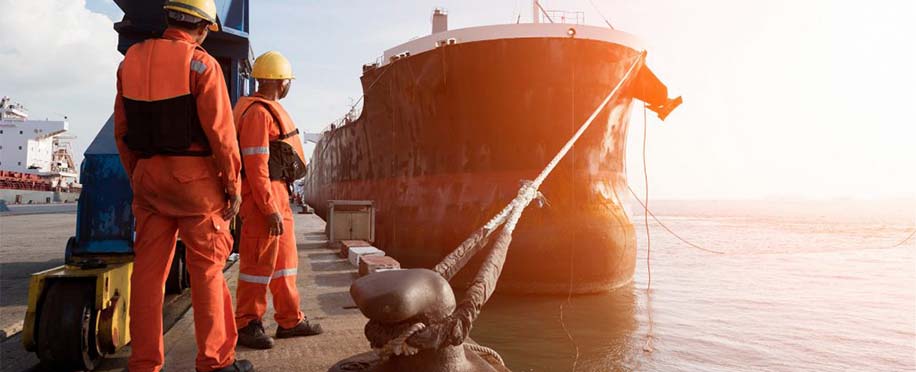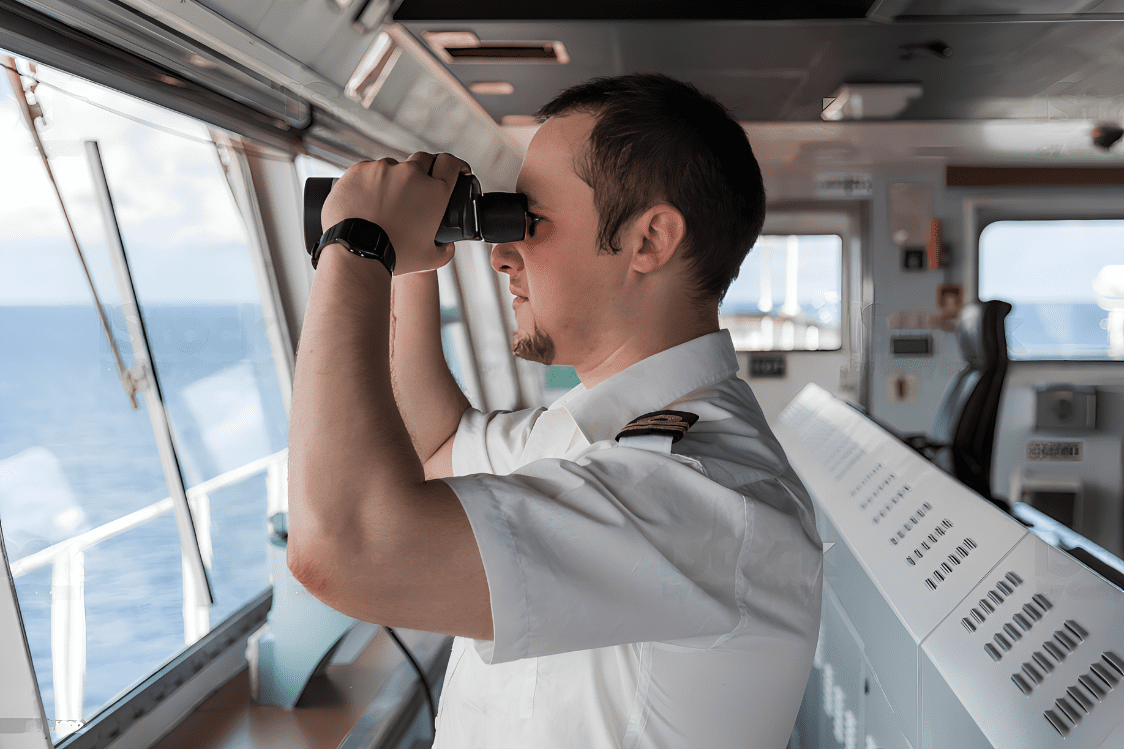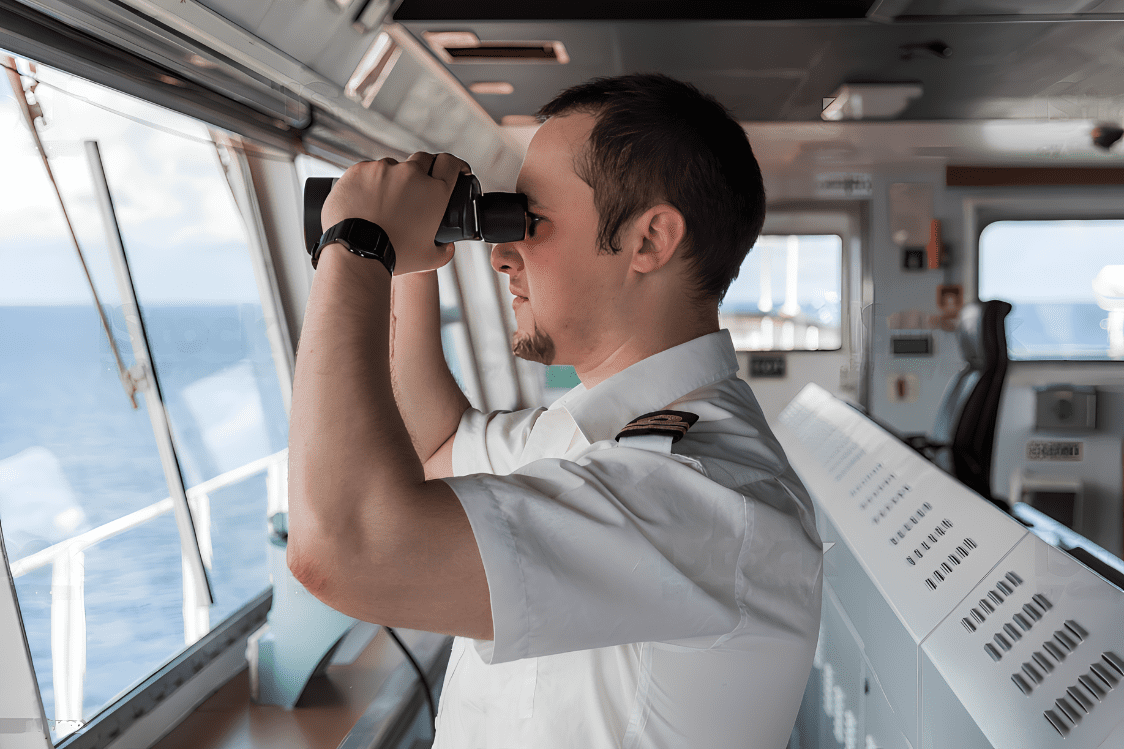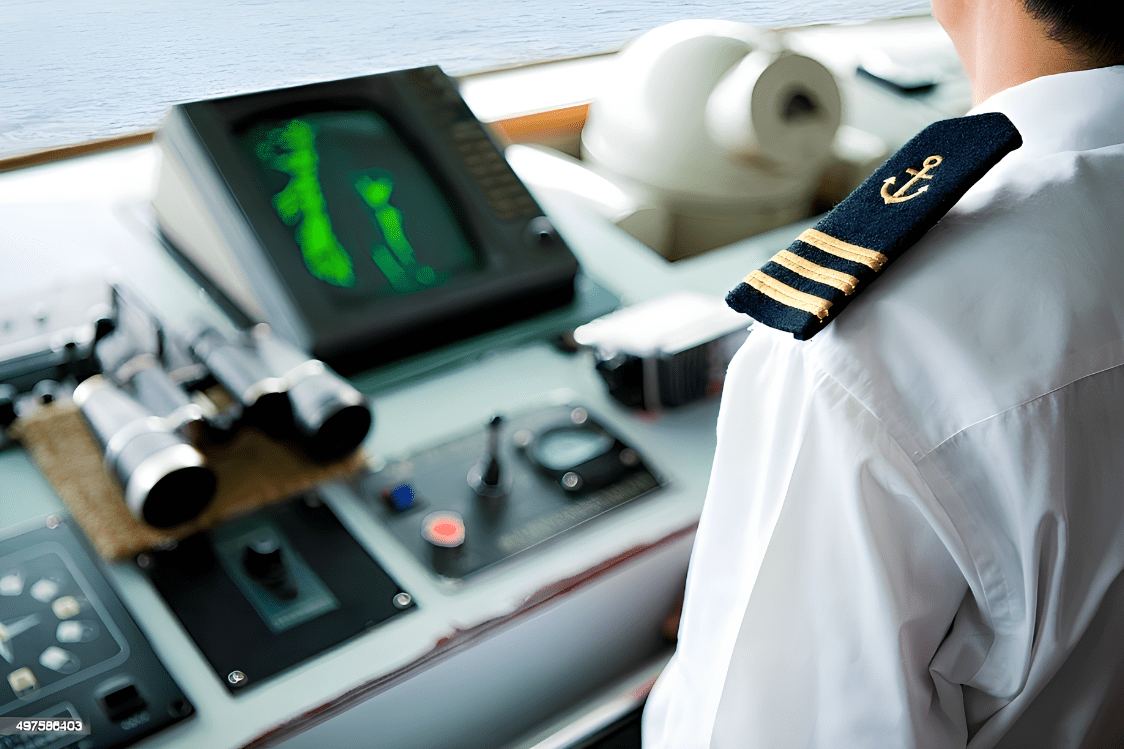Navigating the Challenges of Ballast Water Management

Posted on Dec 01, 2023 at 11:12 PM
The shipping industry is at the heart of international trade through which goods are moved from one end of the ocean to another. It also significantly affects marine ecosystems, primarily through the spread of ballast water.
Ballast water management is one of the essential strategies to keep harmful species away from the marine environment.
In this article, we'll explore the problem and how shipping companies can play a role in keeping environments safe through ballast water management.
Understanding the problem
Ballast is known as one of the leading ways to introduce invasive species worldwide. Ballast water is released into the waters of a new ecosystem as ships carry them from their origin, thereby introducing organisms from the ship’s original region to the new ecosystem.
However, these invasive species have negative impacts that include out-competing native species, disrupting ecosystems, harming fish populations, clogging waterways, and even health problems for humans.
International regulations and standards
To address this, the IMO developed the BWM Convention. The convention defines rules about handling and treating ballast water to prevent the transport of non-native aquatic species.
Many countries have ratified the BWM Convention,, but applying and implementing its provisions might take a lot of work. However, the ability of different nations to respond to these standards varies. Besides, ship owners and operators may find compliance with the ballast water treatment technologies and equipment expensive.
Technological solutions
The development of effective treatment techniques for ballast water management is one of the main difficulties that the world faces. These approaches include physical separation, chemical disinfection, and biological treatment. Nevertheless, it is still challenging to develop a sustainable and affordable measure.
For instance, physical separation approaches like filtration or UV deactivation can kill organisms in the ballast water. These approaches, however, might not be very effective depending on the sizes and types of organisms involved.
Another kind of treatment is chemical disinfection, which includes substances like chlorine and ozone. These chemicals are pretty effective in killing organisms, but some concerns about their residual effects on marine environments exist.
Recently, there has been a lot of interest in biological treatment methods such as UV light and hydrogen peroxide or electrochlorination. These techniques use less dangerous sanitising agents and are less damaging to the environment. On the other side, though, some issues are associated with implementation.

Compliance and Monitoring
Another challenge includes ensuring the vessel’s compliance with the ballast water management regulations that shipowners and regulators face. Regular surveillance and oversight will ensure that unsuitable vessels do not discharge untreated ballast waters.
Vessels have to keep up-to-date and accurate records regarding onboard ballast water management systems. Port state inspections are also essential to verify compliance and penalise non-compliant vessels.
Monitoring compliance is, however, difficult because of a massive fleet, limited means and appropriate testing techniques. The industry is constantly working towards improving monitoring techniques and standardising testing procedures.
How can shipping companies contribute to ballast water management?
Shipping companies have gained enough knowledge through maritime certification courses to participate in ballast water management by developing a functional and compliant ballast water management plan and system. Such investments should focus on reliable and BWM-compliant ballast water treatment systems.
Therefore, shipping companies can cooperate with classification societies like Bureau Veritas to perform measurements of their vessels’ systems, structural, and equipment aspects to select the best possible ballast water management system.
Shipping companies can also partner with the regulators, joining the information and knowledge fora to know what is required of them.
Ship owners and operators can also assist in ballast water management by supporting scientific research into developing technologies suitable to the industry. This includes getting involved in research studies to develop new treatment methods, monitoring systems, and testing standards.
In a nutshell, shipping companies are vital partners in reducing ecological problems arising from ballast water discharge. They can invest in compliant systems like safe anchoring, collaborating with regulatory bodies, and engaging in ballast water management research.
To finish things off
We can say that the world of ballast water management is an untapped land, although a variety of methods are being put forth to advance in that field, it remains a great piece of mystery that every company owner should start learning about today.





